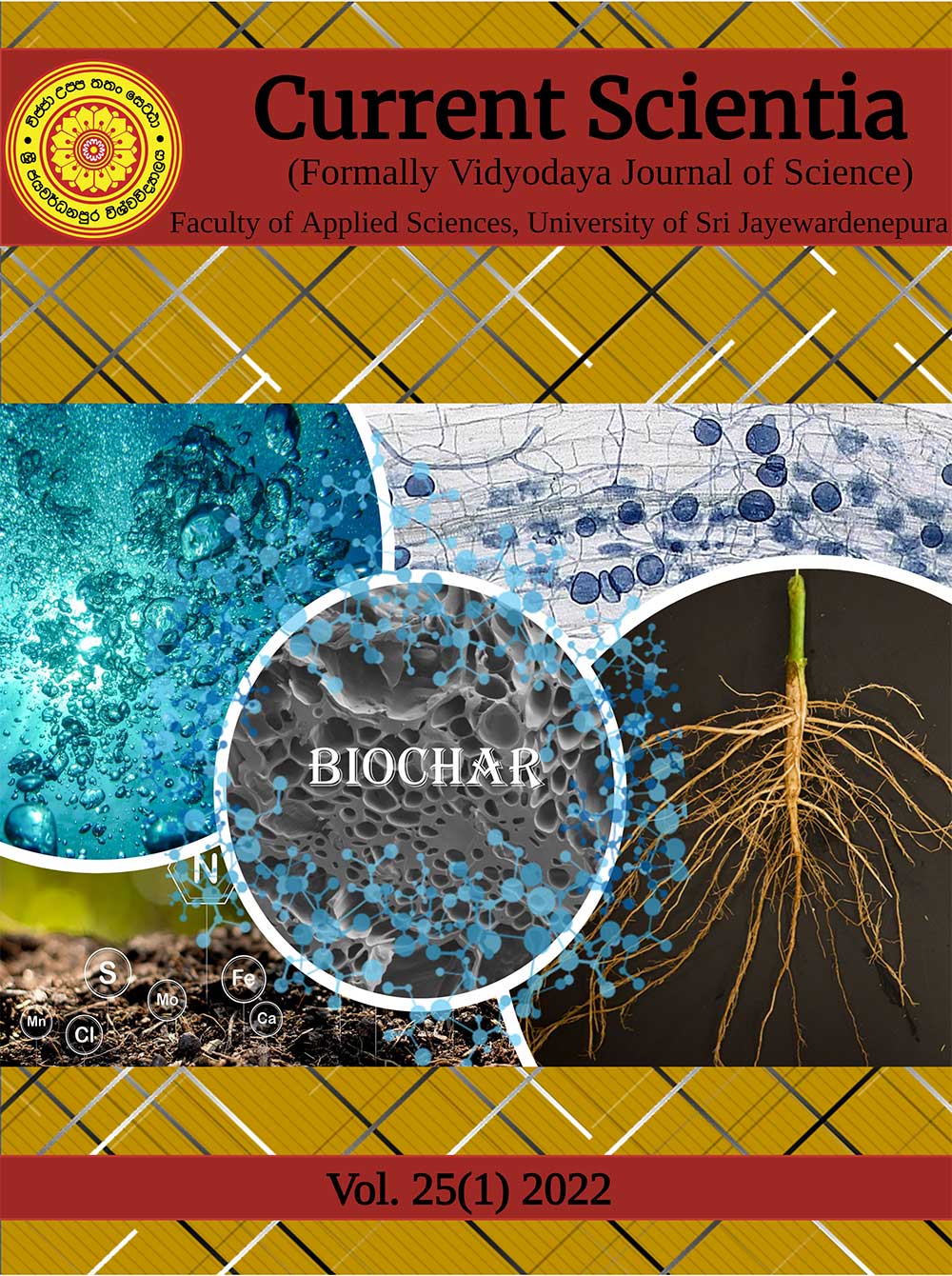Occurrence of Lactobacilli in the Traditional Preparation of Curd
DOI:
https://doi.org/10.31357/vjs.v25i01.5927Abstract
Curd is a dairy product produced via way of means of coagulating milk in a process known as curdling. The objective of this current study was to prepare curd traditionally in the laboratory and identify Lactobacilli species with potential probiotic activities. Cow and goat milk was collected, and curd was prepared by adding lime and starter culture in different amounts. Among prepared curd samples, best quality curd was selected, and from the selected curd samples, lactic acid bacteria were isolated and subsequent subculturing was carried out, and ten different Lactobacilli isolates were obtained and identified based on morphological, physiological and biochemical characteristics.
Isolates were subjected to test the antagonistic effect among the Lactobacilli isolates and against selected bacterial strains by standard agar well diffusion method. Antibiotic sensitivity test by disc method was carried out by using antibiotics and the production of lactic acid by titration method.
Ten different Lactobacilli isolates were classified into three different genera Lactobacillus sp., Pediococcus sp. and Leuconostoc sp. Growth of all Lactobacilli was observed under acidic and neutral pH. Lactic acid bacteria exhibited different tolerant levels to bile salt. No antagonistic effect was observed among the Lactobacilli isolates. But 80% of lactobacilli isolates had antibacterial activity on selected bacterial species. The growth of Bacillus sp. was predominantly inhibited by Lactic acid bacterial isolates (90%), Pseudomonas aeruginosa (30%), Proteus sp. and Staphylococcus aureus (50%) and E.coli (30%). Lactobacillus sp. (CL2) predominantly inhibited all tested bacteria (100%). Growth of the Lactobacilli isolates was inhibited by tested antibiotics except for Lactobacillus sp. (CC3) was resistant to bacitracin only. All of the Lactic acid bacterial isolates produced a considerable amount of lactic acid. Under the controlled conditions, the Lactobacillus sp. (GL1) produced a significantly high level of lactic acid (0. 315%), whereas Lactobacillus sp. (CL3) produced less amount of lactic acid (0.099%).
Keywords: Curd, Lactic acid bacteria, Antagonistic effect, Antibacterial sensitivity, Lactic acid




